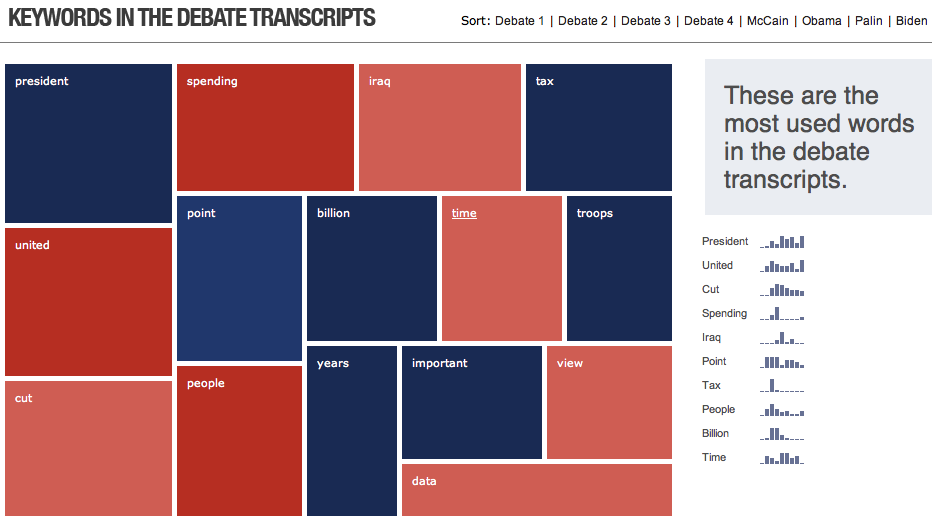I was just interviewed for an upcoming book and one of the questions was:
Fast forward 5 years into the future, can you paint me picture of the mobile world?
Here is what I said:
I am going to beg out of this one and instead paint a picture of my utopia.
My mobile utopia 5 years from now:
Carriers have accepted the fact that they are too large and slow to beat the current crop of DIY wireless systems that are being built. They have realized that the cost of maintaining service such as the little used voice platform is not worthwhile when all that anyone cares about is the openness and speed of their internet connection. Besides, they are sick of battling the hackers who continually figure out how to bypass their restrictions and really sick of spending their lobbying money to battle Googlezon and the like over whether or not they have to carry 3rd party data without charge.
They have finally realized and accepted their place in the world as “dumb pipes”, wireless ISPs.
They have given up on locking down phones. Nobody will sign a 2 year contract anymore for a free phone that they can’t install any of the open source software on.
On the other side of the coin, Googlezon, DIYers, hackers and hipsters are developing and deploying game changing hardware and applications at a phenomenal pace.
A prolific open source community has introduced a kit based mobile phone with every feature imaginable and battery life that puts devices from 5 years ago to shame. Tourists are carrying around monstrous looking home built teleconferencing systems with them as they gawk at the Naked Cowboy in Time Square and talk with their relatives and friends back home.
Hipsters in Bushwick no longer carry laptops and projectors to their VJ gigs but rather bring their mobile projector enabled high-speed wireless video mixing system and no longer have to be hunched over a keyboard and mouse. They simply mingle with the crowd or dance until they drop with every movement being tracked by sensors programmed to project and mix particular clips or dynamically generated visuals.
I can’t think of anyone who uses a laptop computer anymore. Everyone seems to have adopted the projected keyboard and gesture controlled interfaces that are common on mobile devices now.
Data flows pretty seamlessly and just by pointing to a contact in the sky a voice, data or text channel is opened to that person.
Wow.. Things are different now that the networks have been broken..
(Perhaps we can dream..)




